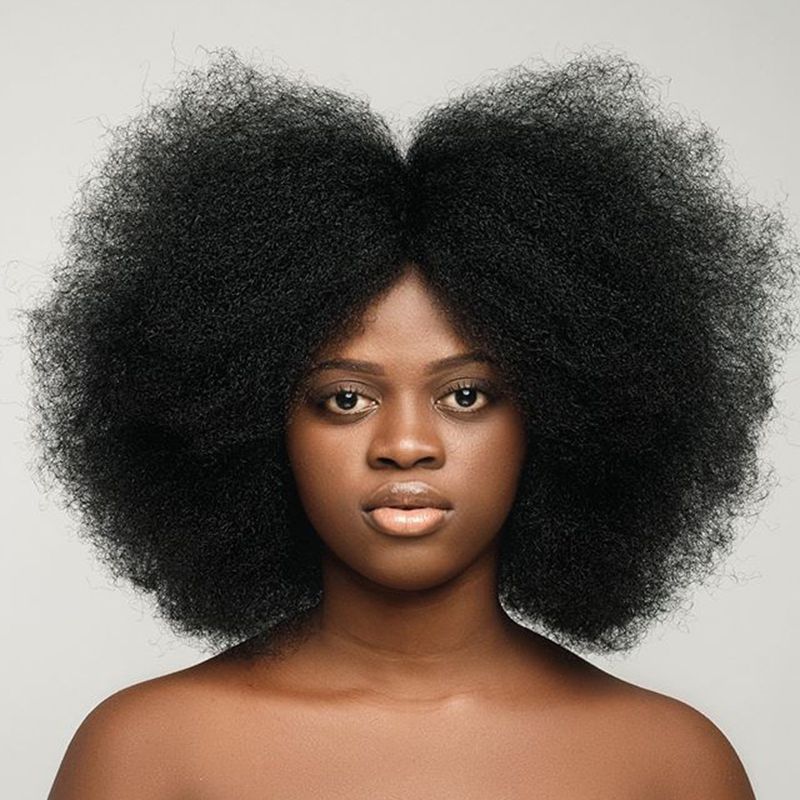Tips for Long-Lasting and Healthy Braids

Braids are a versatile and low-maintenance protective style that can last for weeks, making them a favorite for many. However, to keep your braids looking fresh and your hair healthy, it’s essential to follow a proper maintenance routine. Whether you have box braids, cornrows, or any other braided style, here’s how you can maintain them and keep your hair in top shape.
1. Keep Your Scalp Clean
Cleanliness is key to maintaining braids and ensuring a healthy scalp. Since your hair is in a protective style, dirt, sweat, and product buildup can accumulate on your scalp.
-
Wash Your Scalp: Use a gentle, sulfate-free shampoo to cleanse your scalp without drying it out. Dilute the shampoo with water and apply it directly to your scalp, using your fingertips to gently massage and lift away dirt. Rinse thoroughly, ensuring that all the shampoo is removed to prevent residue.
-
Dry Shampoo: If you’re looking to extend the time between washes, a dry shampoo or astringent (like witch hazel) on a cotton pad can help absorb excess oil and keep your scalp feeling fresh.
2. Moisturize Regularly
Even though your hair is in braids, it still needs moisture to prevent dryness and breakage.
-
Daily Spritz: Use a light leave-in conditioner or a moisturizing spray to hydrate your scalp and hair daily. Look for water-based products that won’t cause buildup. A mix of water and a bit of leave-in conditioner in a spray bottle works wonders.
-
Oils and Creams: After moisturizing, seal in the moisture with a light oil like jojoba or coconut oil. Be careful not to apply too much oil, as this can lead to buildup on your scalp.
3. Protect Your Braids at Night
Sleeping with your braids unprotected can lead to frizz, dryness, and premature fraying.
-
Satin or Silk Scarf: Wrap your braids in a satin or silk scarf or bonnet before bed. These materials reduce friction, helping to prevent frizz and keep your braids looking neat.
-
Satin Pillowcase: If you’re not a fan of wearing scarves or bonnets, sleeping on a satin or silk pillowcase can offer similar protection for your braids.
4. Minimize Frizz
Frizz is natural with braids, especially as they get older. However, there are ways to keep it under control.
-
Edge Control: Use an edge control gel or pomade to smooth down your edges and tame any flyaways. Choose a product that provides a good hold without being too greasy or flaky.
-
Hot Water Treatment: For box braids or other synthetic styles, dipping the ends in hot water can help seal the braids and reduce frizz. Be cautious when using this method, and ensure the water isn’t too hot to avoid burning yourself.
5. Avoid Excessive Manipulation
One of the benefits of braids is that they require minimal styling. However, too much manipulation can cause stress on your hair and scalp.
-
Limit Styling Changes: Constantly changing the style of your braids, such as pulling them into tight buns or ponytails, can cause tension on your scalp and hairline, leading to breakage and thinning.
-
Gentle Handling: When styling your braids, be gentle to avoid unnecessary pulling or tugging. This helps prevent damage to both your hair and the braids.
6. Address New Growth
As your hair grows, your braids will loosen, especially near the roots.
-
Touch-Ups: If you want to keep your braids looking fresh, you can do a touch-up at the front and edges after a few weeks. This involves rebraiding sections that have become loose due to new growth.
-
Accept the Growth: Alternatively, you can embrace the new growth as a sign of healthy hair. Just be mindful not to leave braids in for too long, as this can lead to matting and tangling at the roots.
7. Don’t Keep Braids in Too Long
While it might be tempting to keep your braids in for as long as possible, leaving them in too long can cause damage to your hair.
-
Time Limit: Generally, it’s best to keep braids in for 6-8 weeks. Beyond this time, your hair can start to mat and tangle, making detangling more difficult and potentially leading to breakage.
-
Give Your Hair a Break: After taking out your braids, give your hair a break before installing a new set. This allows your hair and scalp to recover and helps prevent issues like traction alopecia (hair loss caused by excessive tension on the hair).
8. Properly Remove Braids
Removing your braids requires care to avoid unnecessary breakage.
-
Detangle as You Go: As you take out each braid, gently detangle your hair with a wide-tooth comb or your fingers to remove any shed hair and knots.
-
Moisturize and Deep Condition: After all your braids are out, give your hair a deep conditioning treatment to restore moisture and elasticity.


